For those who love sushi as much as I, this article is an absolute must!
Knowing me, you might be expecting me to say that the perfect combination to sushi would be a nice semi-dry Gewürztraminer or one with a fresh acidity or perhaps the pleasant sweetness of a Riesling. But not today!. Today, my focus is for a beverage with a centuries-old tradition and brings a lot of history with it.
SAKE a clear or whitish-turbid rice wine with 15-20% vol. Alcohol. For a long time, I have been on a mission to not only bring sake to this country, but to make sure it is poured into all mouths. We usually only think of the simple hot Sake – the one you get for free in all cheap Asian restaurants. But what I am talking about are the sakes where the rice taste comes up only when it is served cold. These Sakes are often soft, and have a creamy texture, sometimes with flavors of peach and orange blossom or even cloudy unfiltered Sakes, that brings with them such flavors that you just can’t stop yourself from drinking. A drink which was initially intended only for the imperial court has been transferred through time to the monasteries and then further down to the masses, thus ensuring it a steady source of income. In order to produce excellent Sake, it takes excellent ingredients, which basically are rice, water, and yeast. Yet the high quality of these simple ingredients determines the final quality of the Sake. In particular, the hardness and the mineral content of the water are decisive in addition to the rice quality to determine the taste of the Sake. Therefore the centers of high quality Sake production are often in places that have high-quality rice and spring water or water from clear lakes. Since the Edo period, these include Toyama, Suwa on Lake Suwak, and Ikeda.
With inexpensive Sake varieties, hard alcohol is added in order to increase the alcohol content before bottling. Not to be confused with the addition of a small amount of alcohol during the fermentation process. This serves to round off the Sake taste and is also used in high-quality varieties
There are varioustypes of Sake:
Futsu-shu refers to a standard quality which accounts for about 80% of Sake produced.
Junmai-shu-shu and Honjozo (with the addition of alcohol) is a good quality, which during the the polishing of the rice grains, lose 30% of their volume.
Junmai Ginjo-shu and Ginjo-shu (with the addition of alcohol) is a very good quality, which during the polishing of the rice grains lose 40% of their volume.
Junmai Daiginjo-shu and Daiginjo-shu (with the addition of alcohol) is a very good quality, which during the polishing of the rice grains lose 50% of their volume.
Many people think the Sake should be served hot and not cold. In fact, that is not necessarily a quality issue but rather a matter of taste. Hot Sake is preferred served during the cold season. This is called metaphorically “to put a hot stone in the stomach.” Hot Sake will be heated up to a maximum temperature of 55 ° C. High-quality sake is almost exclusively served cold at about 7 ° C, or according to one’s taste, but the quality should decide and of these, there are a lot to choose from.
The quality of Sake is not improved by storage. An opened bottle should be consumed within 3-5 days. It harmonizes well with salty food or is also suitable for cooking. Get more ideas from shizuku – a drop of Japan
The growing taste for Sake can`t be stopped. More and more connoisseurs are enjoying this traditional drink. Quality wines from the land of the rising sun can be found at the wine cellar Riegger AG.
Also, take a look at the German website of Sake Kontor in Berlin that also offers an interesting selection of premium Sake.
Kanpai!!!

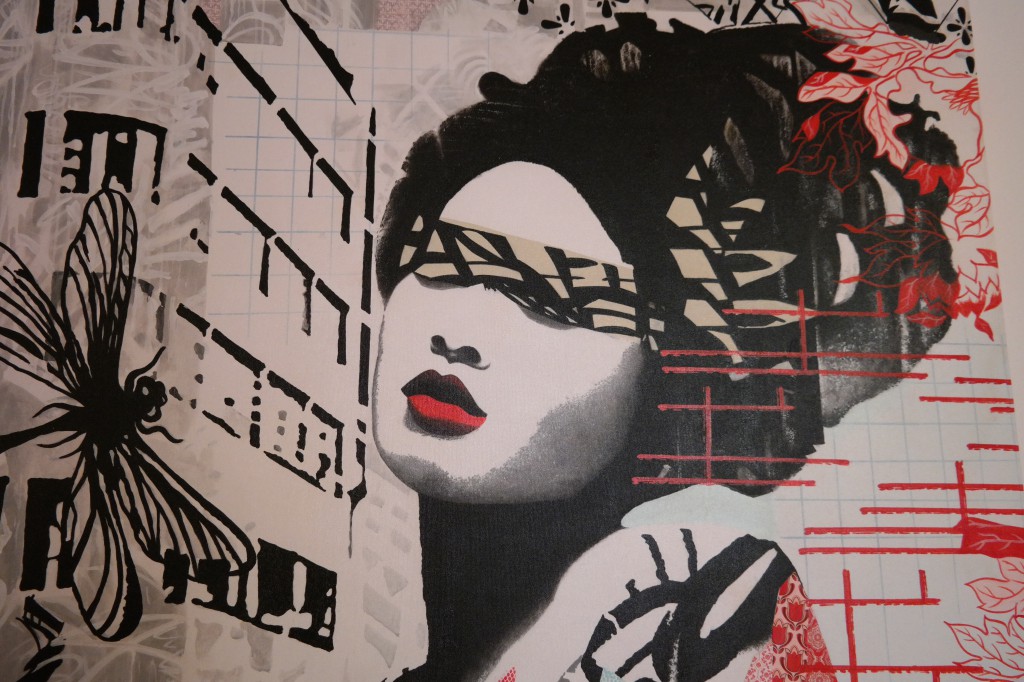


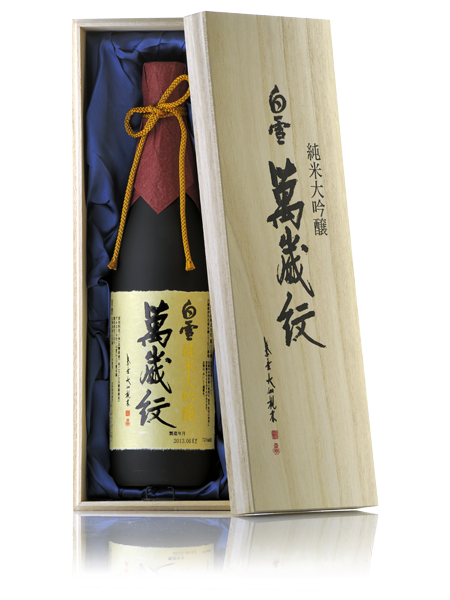
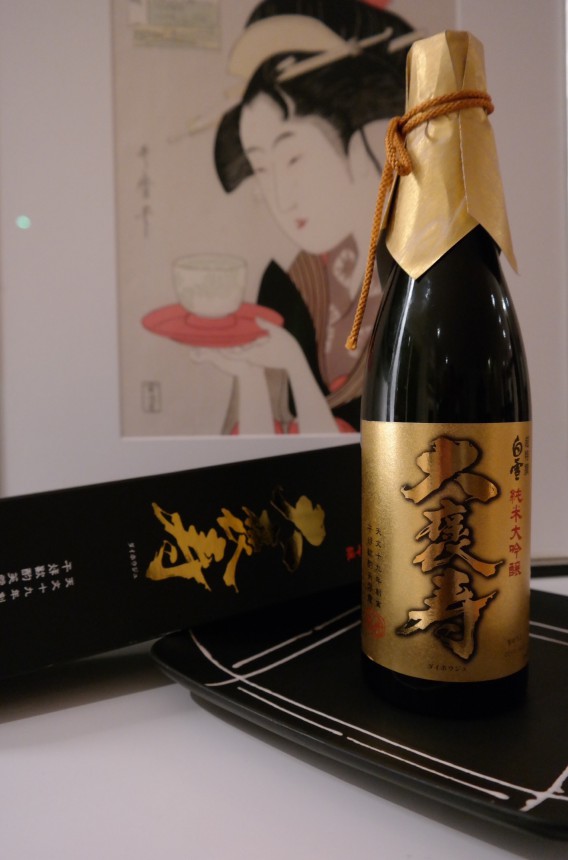
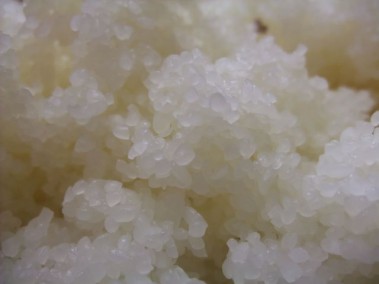
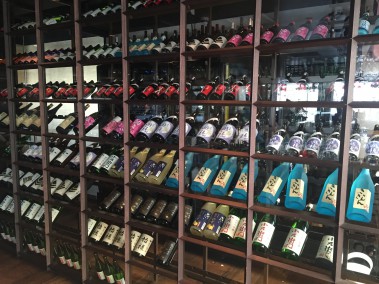

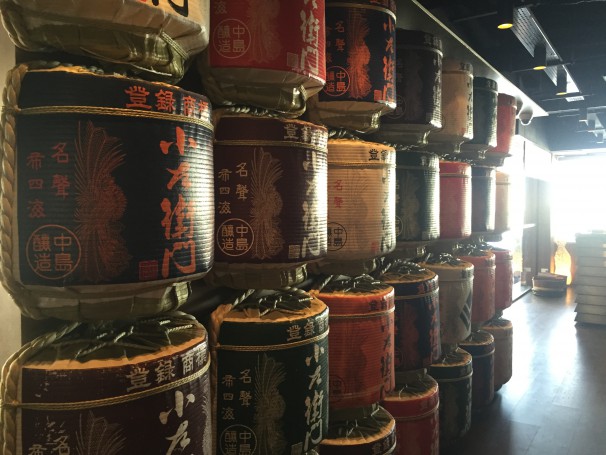
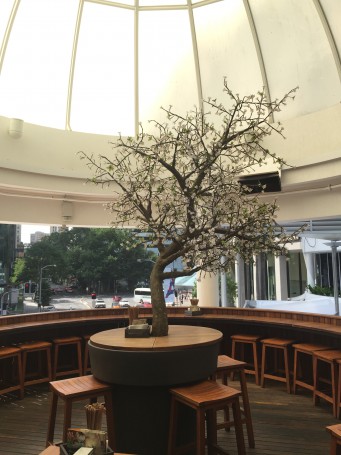
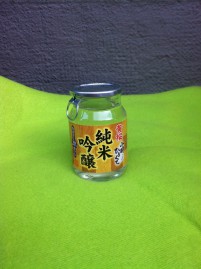
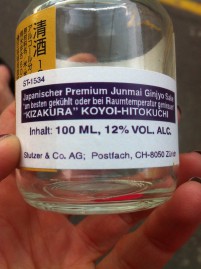



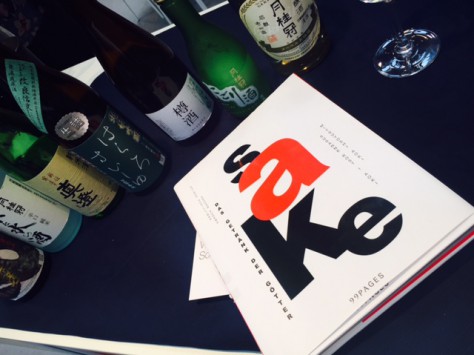
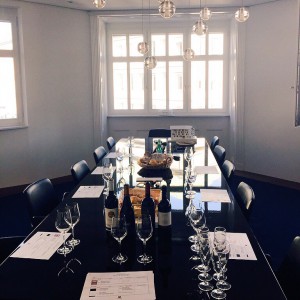

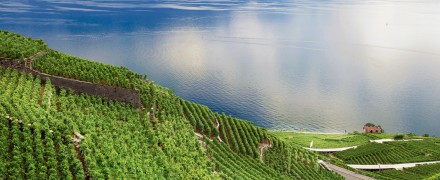

Please comment...